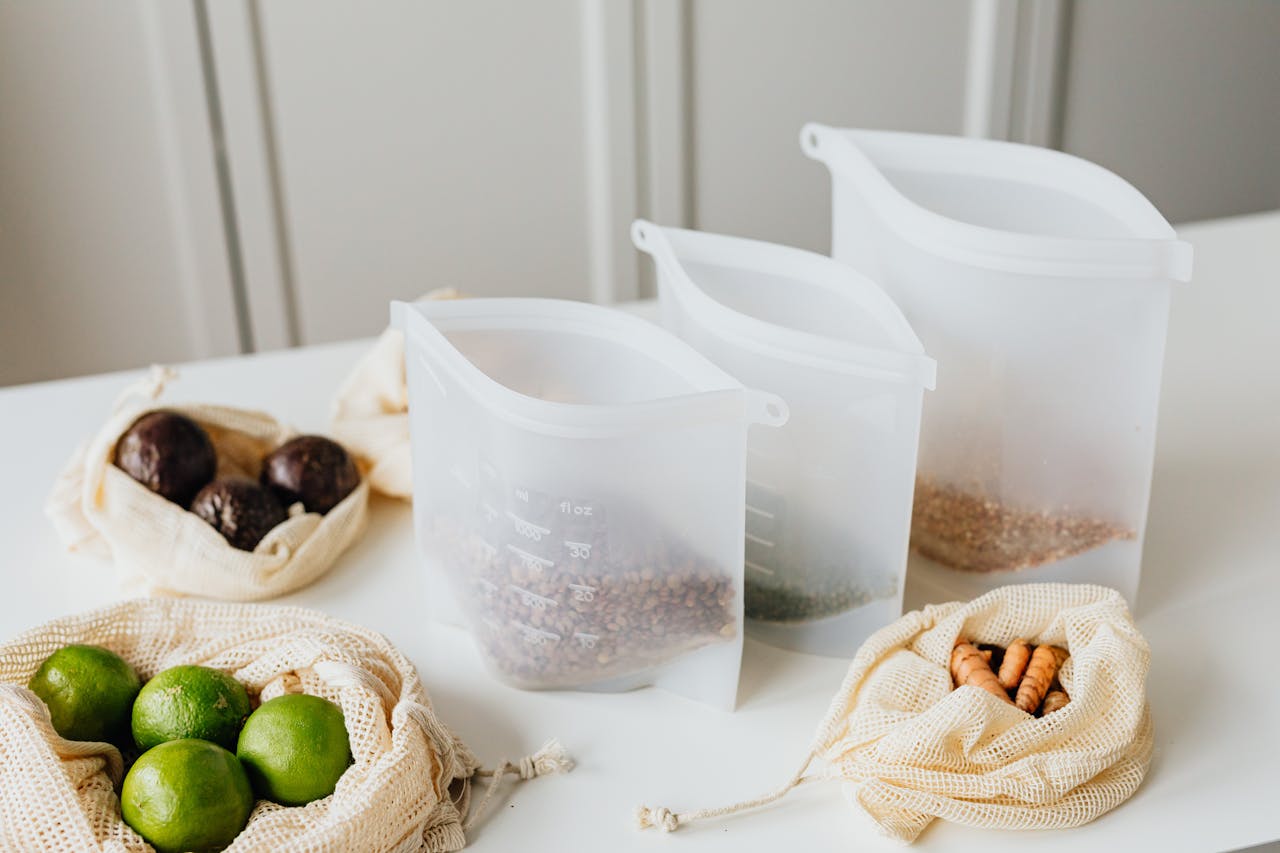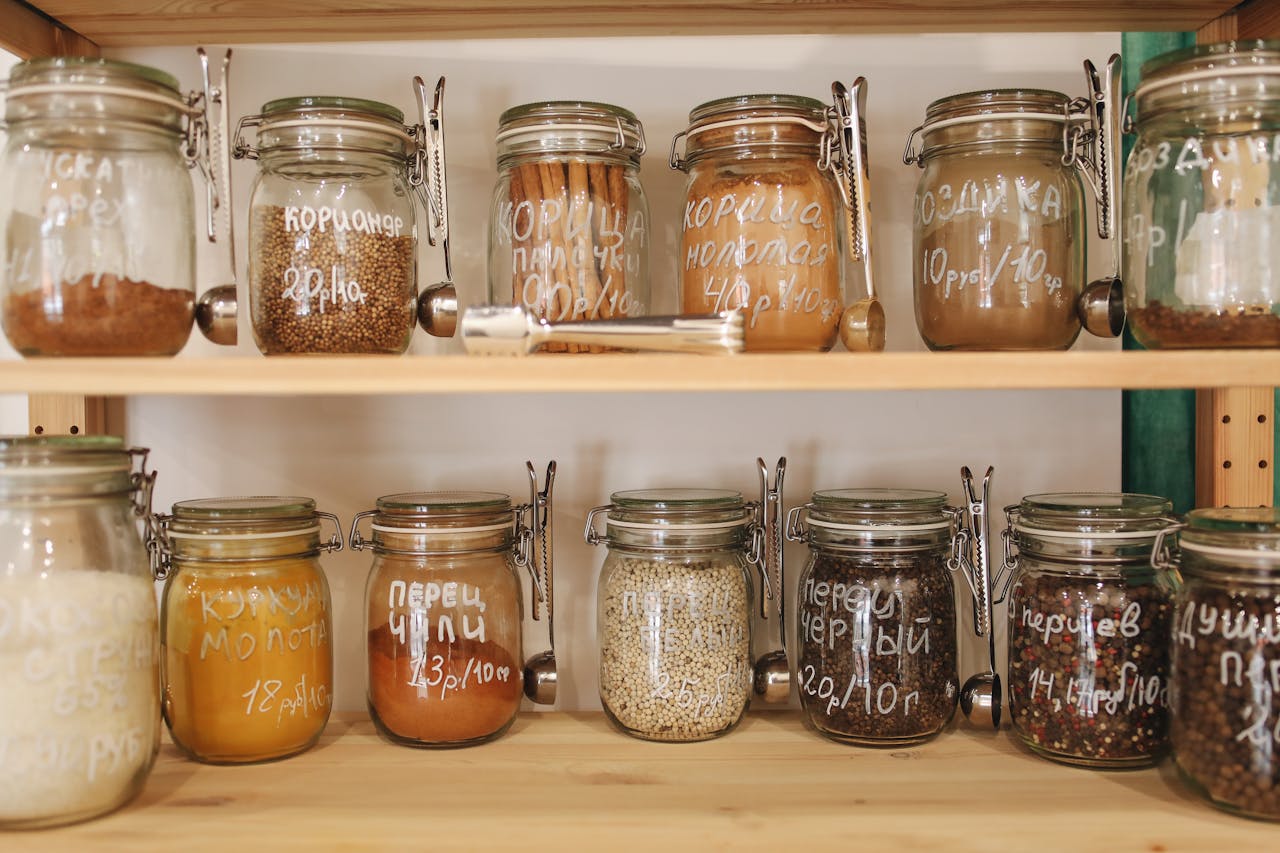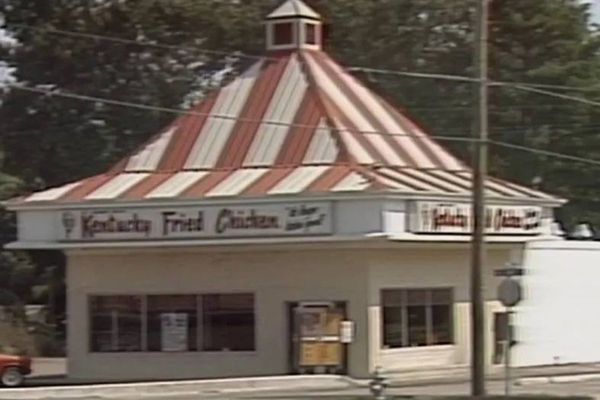Food waste is a real problem for many households. You buy groceries with good intentions, but somehow, things go bad before you use them. This isn’t just annoying—it’s expensive. Every time you throw out spoiled food, you’re tossing money in the trash. The way you store your food can make a big difference in how long it lasts and how much you spend. If you want to stretch your grocery budget, it’s time to look at your food storage habits. Here are eight common food storage mistakes that could be ruining your budget—and how to fix them.

1. Storing Produce in the Wrong Place
Not all fruits and vegetables belong in the fridge. Some, like tomatoes and potatoes, do better at room temperature. Others, like leafy greens, need the cold. When you store produce in the wrong spot, it spoils faster. For example, putting potatoes in the fridge can make them gritty and sweet. Tomatoes lose flavor and get mushy. On the other hand, leaving lettuce out on the counter will wilt it in a day. Take a few minutes to learn where each item should go. The FDA’s food storage chart is a good place to start. This small change can help you waste less and save more.
2. Ignoring Expiration Dates
It’s easy to forget about expiration dates, especially when your fridge is full. But ignoring them can lead to wasted food and money. Some foods, like dairy and meat, can go bad quickly. Others, like canned goods, last longer but still have limits. Make it a habit to check dates when you put groceries away. Rotate older items to the front so you use them first. If you see something close to expiring, plan a meal around it. This simple step can help you avoid tossing out food you paid for.
3. Overpacking the Fridge
A packed fridge might look like you’re ready for anything, but it can actually cause problems. When your fridge is too full, air can’t circulate. This means some spots get too warm, and food spoils faster. You might also lose track of what you have, leading to forgotten leftovers and expired items. Try to keep your fridge about two-thirds full. This gives you enough space for air to move and makes it easier to see what you have. If you need more room, consider cleaning out old condiments or things you rarely use.
4. Not Using Airtight Containers
Leaving food in open packages or loosely covered bowls is a recipe for waste. Air exposure dries out food and lets bacteria in. Invest in a set of airtight containers. Use them for leftovers, snacks, and even produce. This keeps food fresher longer and helps prevent odors from spreading. If you’re storing dry goods like flour or cereal, airtight containers also keep out pests. It’s a small investment that pays off by reducing waste and saving money.

5. Forgetting About the Freezer
Your freezer is a powerful tool for saving money, but only if you use it right. Many people forget to freeze leftovers or extra produce before it goes bad. Others toss things in the freezer without labeling them, leading to mystery meals and freezer burn. Make it a habit to freeze food you won’t use soon. Label everything with the date and contents. Use freezer-safe bags or containers to prevent ice crystals. The USDA’s freezer storage guidelines can help you know how long things last. This habit can help you stretch your grocery budget and cut down on waste.
6. Washing Produce Too Early
It might seem smart to wash all your produce as soon as you get home, but this can actually make it spoil faster. Moisture encourages mold and bacteria. Instead, wait to wash fruits and vegetables until you’re ready to use them. If you want to prep ahead, dry everything thoroughly before storing. Use paper towels or a salad spinner to remove extra water. This keeps produce crisp and fresh longer, so you’re less likely to throw it out.
7. Not Labeling Leftovers
Leftovers are great for saving money, but only if you remember what they are and when you made them. Unlabeled containers get pushed to the back of the fridge and forgotten. By the time you find them, they’re no longer safe to eat. Get in the habit of labeling leftovers with the date and contents. Use masking tape and a marker for a quick fix. This makes it easy to see what needs to be eaten soon and helps you avoid waste.
8. Storing Bread in the Fridge
Many people think the fridge keeps bread fresh, but it actually makes it go stale faster. The cold air dries out bread, leaving it hard and tasteless. Store bread at room temperature in a bread box or a paper bag. If you won’t finish it in a few days, freeze the rest. Slices thaw quickly and taste just as good as fresh. This simple change can help you get the most out of every loaf and avoid tossing out half-eaten bread.
Small Changes, Big Savings
Food storage mistakes add up over time. Each spoiled item is money lost. By making a few simple changes—like using airtight containers, checking dates, and storing food in the right place—you can keep your groceries fresh longer. This means less waste and more money in your pocket. Good food storage isn’t complicated, but it does take a little attention. Start with one or two changes and see how much you save.
What food storage mistake have you caught yourself making? Share your story in the comments.
Read More
Storing Produce: Don’t Let the Moisture Out of These 30 Foods
July Seasonal Produce: What Fresh Foods to Buy in Summer
The post 8 Food Storage Mistakes That Are Ruining Your Budget appeared first on Grocery Coupon Guide.







